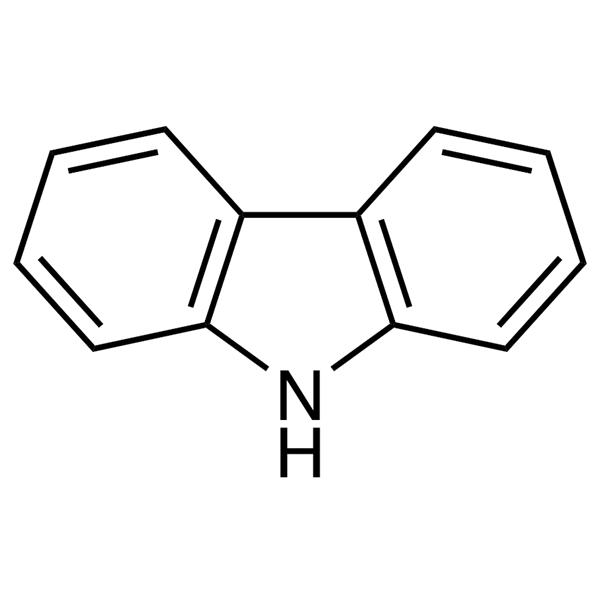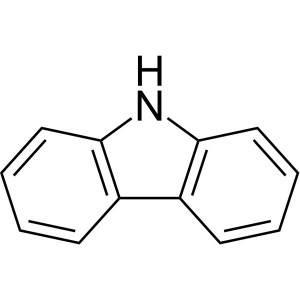Carbazole CAS 86-74-8 Purity ≥98.0% (HPLC) High Purity
Shanghai Ruifu Chemical Co., Ltd. is the leading manufacturer of Carbazole (CAS: 86-74-8) with high quality. Ruifu Chemical can provide worldwide delivery, competitive price, excellent service, small and bulk quantities available. Purchase Carbazole (CAS: 86-74-8), Please contact: alvin@ruifuchem.com
| Chemical Name | Carbazole |
| Synonyms | 9H-Carbazole; Diphenylenimine; 9-Azafluorene; Dibenzopyrrole; Dibenzo[b,d]pyrrole |
| Stock Status | In Stock, Production Capacity 500 Metric Tons / Year |
| CAS Number | 86-74-8 |
| Molecular Formula | C12H9N |
| Molecular Weight | 167.21 g/mol |
| Melting Point | 240.0~246.0℃(lit.) |
| Boiling Point | 354.0~356.0℃(lit.) |
| Flash Point | 220℃(428°F) |
| Density | 1.1 g/cm3 at 18℃ |
| Sensitive | Air Sensitive. Store Under Inert Gas |
| Solubility | Insoluble in Water. Soluble in Acetone |
| COA & MSDS | Available |
| Place of Origin | China |
| Brand | Ruifu Chemical |
| Items | Inspection Standards | Results |
| Appearance (Visual) | Off-White to Gray Powder |
Complies |
| Melting Point | 240.0~246.0℃ | 243.0~246.0℃ |
| Purity / Analysis Method | ≥98.0% (HPLC Area) | 98.62% |
| Loss on Drying | ≤1.00% | 0.26% |
| Anthracene Content | ≤1.00% | 0.45% |
| 1,2,3,9-Tetrahydro-4H-Carbazole-4-one | ≤1.00% | 0.49% |
| Heavy Metal (Pb) | ≤10ppm | <10ppm |
| Infrared Spectrum | Conforms to Structure | Complies |
| Conclusion | The product has been tested & complies with the given specifications | |
Package: Bottle, Aluminium foil bag, 25kg/Cardboard Drum (lined with plastic bag), or according to requirement.
Storage Condition: Stable under ordinary conditions. Store in a tightly closed container. Store in a cool, dry and well-ventilated warehouse away from incompatible substances. Keep away from strong light and heat. According to the general provisions of the storage and transportation of chemicals.
Shipping: Deliver to worldwide by air, by FedEx / DHL Express. Provide fast and reliable delivery.
How to Purchase? Please contact Dr. Alvin Huang: sales@ruifuchem.com or alvin@ruifuchem.com
15 Years Experience? We have more than 15 years of experience in the manufacture and export of a wide range of high quality pharmaceutical intermediates or fine chemicals.
Main Markets? Sell to domestic market, North America, Europe, India, Korea, Japanese, Australia, etc.
Advantages? Superior quality, affordable price, professional services and technical support, fast delivery.
Quality Assurance? Strict quality control system. Professional equipment for analysis include NMR, LC-MS, GC, HPLC, ICP-MS, UV, IR, OR, K.F, ROI, LOD, MP, Clarity, Solubility, Microbial limit test, etc.
Samples? Most products provide free samples for quality evaluation, shipping cost should be paid by customers.
Factory Audit? Factory audit welcome. Please make an appointment in advance.
MOQ? No MOQ. Small order is acceptable.
Delivery Time? If within stock, three days delivery guaranteed.
Transportation? By Express (FedEx, DHL), by Air, by Sea.
Documents? After sales service: COA, MOA, ROS, MSDS, etc. can be provided.
Custom Synthesis? Can provide custom synthesis services to best fit your research needs.
Payment Terms? Proforma invoice will be sent first after confirmation of order, enclosed our bank information. Payment by T/T (Telex Transfer), PayPal, Western Union, etc.
Risk Codes
R22 - Harmful if swallowed
R36/37/38 - Irritating to eyes, respiratory system and skin.
R40 - Limited evidence of a carcinogenic effect
R50/53 - Very toxic to aquatic organisms, may cause long-term adverse effects in the aquatic environment.
R63 - Possible risk of harm to the unborn child
R43 - May cause sensitization by skin contact
R23/24/25 - Toxic by inhalation, in contact with skin and if swallowed.
R45 - May cause cancer
R67 - Vapors may cause drowsiness and dizziness
R68 - Possible risk of irreversible effects
R51/53 - Toxic to aquatic organisms, may cause long-term adverse effects in the aquatic environment.
Safety Description
S26 - In case of contact with eyes, rinse immediately with plenty of water and seek medical advice.
S36 - Wear suitable protective clothing.
S60 - This material and its container must be disposed of as hazardous waste.
S61 - Avoid release to the environment. Refer to special instructions / safety data sheets.
S36/37 - Wear suitable protective clothing and gloves.
S24/25 - Avoid contact with skin and eyes.
S23 - Do not breathe vapour.
S53 - Avoid exposure - obtain special instructions before use.
S45 - In case of accident or if you feel unwell, seek medical advice immediately (show the label whenever possible.)
S36/37/39 - Wear suitable protective clothing, gloves and eye/face protection.
UN IDs UN 2811 6.1/PG 3
WGK Germany 2
RTECS FE3150000
FLUKA BRAND F CODES 10
TSCA Yes
HS Code 2933990099
Hazard Note Harmful
Hazard Class 9
Packing Group III
Toxicity LD50 orally in rats: >5 g/kg (Eagle, Carlson)
Carbazole (CAS: 86-74-8), Carbazole and its derivatives are a class of important nitrogen-containing heterocyclic compounds possessing various unique properties and biological activity. Carbazole is an aromatic heterocyclic organic molecule. It has intense fluorescence and prolonged phosphorescence under ultraviolet light.
Important intermediates of dyes and pigments. Used in making photographic plates sensitive to ultraviolet light. Reagent for lignin, carbohydrates, and formaldehyde. Used in the chemical reagents, explosives, insecticides, lubricants, rubber antioxidants, etc. Used as an analytical reagent and also for organic synthesis.
Carbazole and its derivatives are widely used as an intermediate in synthesis of pharmaceuticals, agrochemicals, dyes, pigments and other organic compounds. Carbazole is also used in luminescence chemistry as a photosensitizing and additional charge transport material.
Carbazole can be used to produce dyes, pigments, photoconductors, photosensitive materials, special inks, etc. In addition, carbazole has been increasingly used in the development of emerging optoelectronic new materials. The use of carbazole can prepare organic nonlinear optics (NLO) materials, organic electroluminescence (OEL) materials, photorefractive materials, containing Bifunctional system of carbazole chromophore, carbazole-containing photorefractive small molecular glass, etc.
Carbazole (CAS: 86-74-8), Hazard: Possible Carcinogen.
Air & Water Reactions: Insoluble in water.
Hazard: Possible carcinogen.
Fire Hazard: Flash point data for Carbazole are not available; however, Carbazole is probably combustible.
Acute Toxicity: Oral-rat LDL0: 500 mg/kg; Intraperitoneal-mouse LD50: 200 mg/kg
Flammability Hazard Characteristics: In case of fire, high temperature, oxidant flammable; toxic NOx smoke from combustion
Fire Extinguishing Agent: Water, carbon dioxide, foam
Sulfuric Acid Method
Dissolve crude anthracene in chlorobenzene or other solvents to remove soluble phenanthrenes, quinones, etc. Insoluble Anthracene and Carbazoles are then reacted with concentrated sulfuric acid, and then Carbazole sulfate is generated departing from the Anthracene. The Carbazole sulfate is hydrolyzed, filtered and dried to obtain Carbazole.
Solvent-Rectification Method
Dissolve crude anthracene with heavy benzene, and remove soluble phenanthrene, quinone and other substances. Insoluble anthracene and Carbazole are rectified in a rectification tower to obtain a mixture containing 85 to 90% of Carbazole with a yield of 65%.
Pyridine Solvent Method
Dissolve crude Anthracene with heavy benzene, and remove soluble phenanthrene, quinone and other substances. Then pyridine is used as a solvent to filter off insoluble anthracene at 90℃, and the filtrate is then crystallized to obtain crude Carbazole. The crude Carbazole can be treated with chlorobenzene or other solvents to obtain Carbazole with yield of 97 to 99%.
-
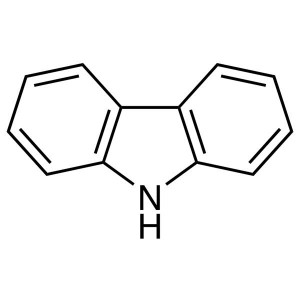
Carbazole CAS 86-74-8 Purity ≥98.0% (HPLC) High...
-
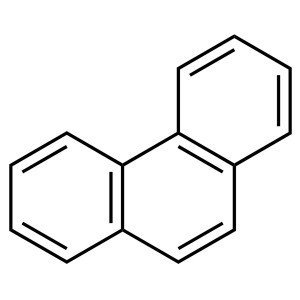
Phenanthrene CAS 85-01-8 Purity >98.0% (GC)
-
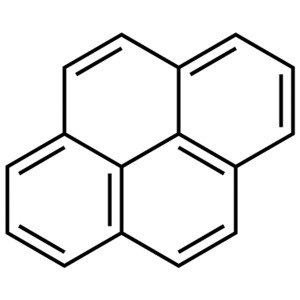
Pyrene CAS 129-00-0 Purity >98.0% (GC)
-
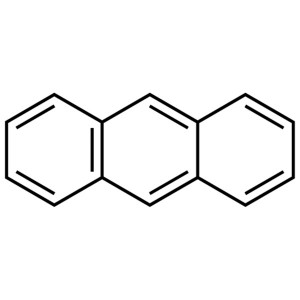
Anthracene CAS 120-12-7 Purity >99.0% (GC)
-
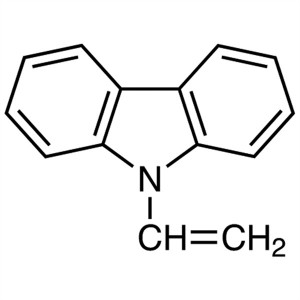
9-Vinylcarbazole CAS 1484-13-5 Purity >98.0% (G...
-
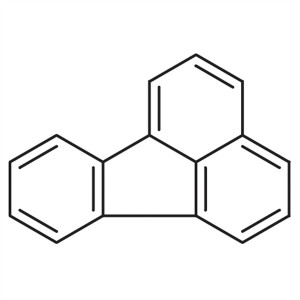
Fluoranthene CAS 206-44-0 Purity >98.0% (GC)
-
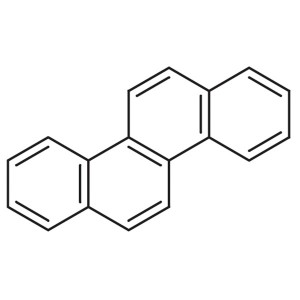
Chrysene CAS 218-01-9 Purity >98.0% (GC)
-
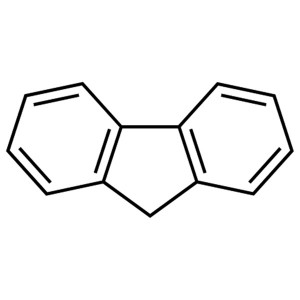
Fluorene CAS 86-73-7 Purity >99.0% (GC)
-
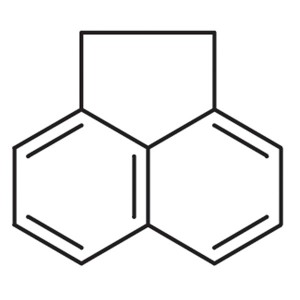
Acenaphthene CAS 83-32-9 Purity >99.0% (GC)
-
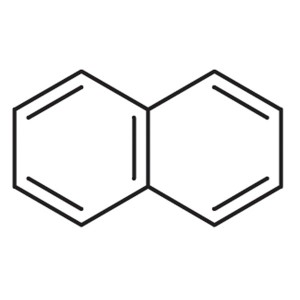
Naphthalene CAS 91-20-3 Purity >99.0% (GC)
-
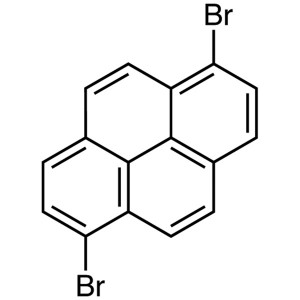
1,6-Dibromopyrene CAS 27973-29-1 Purity >98.0% ...
-
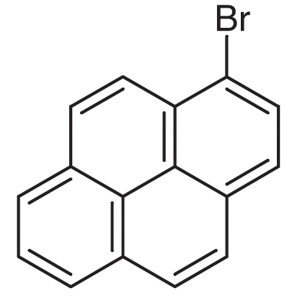
1-Bromopyrene CAS 1714-29-0 Purity >98.0% (T, G...
-
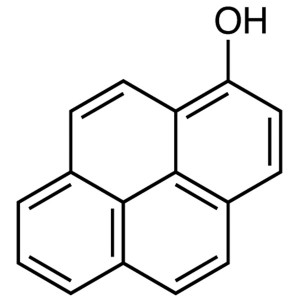
1-Hydroxypyrene CAS 5315-79-7 Purity >99.0% (GC)
-
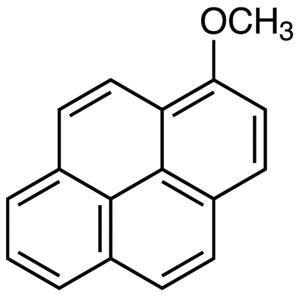
1-Methoxypyrene CAS 34246-96-3 Purity >98.0% (G...
-
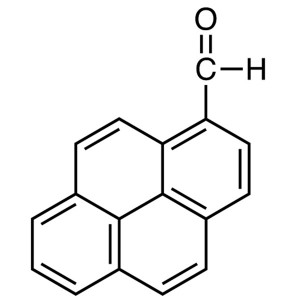
1-Pyrenecarboxaldehyde CAS 3029-19-4 Purity >99...
-
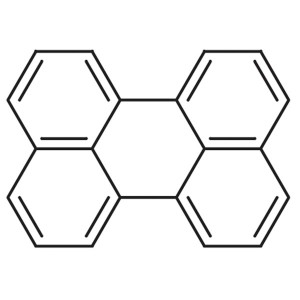
Perylene CAS 198-55-0 Purity >99.0% (HPLC) OLED...

